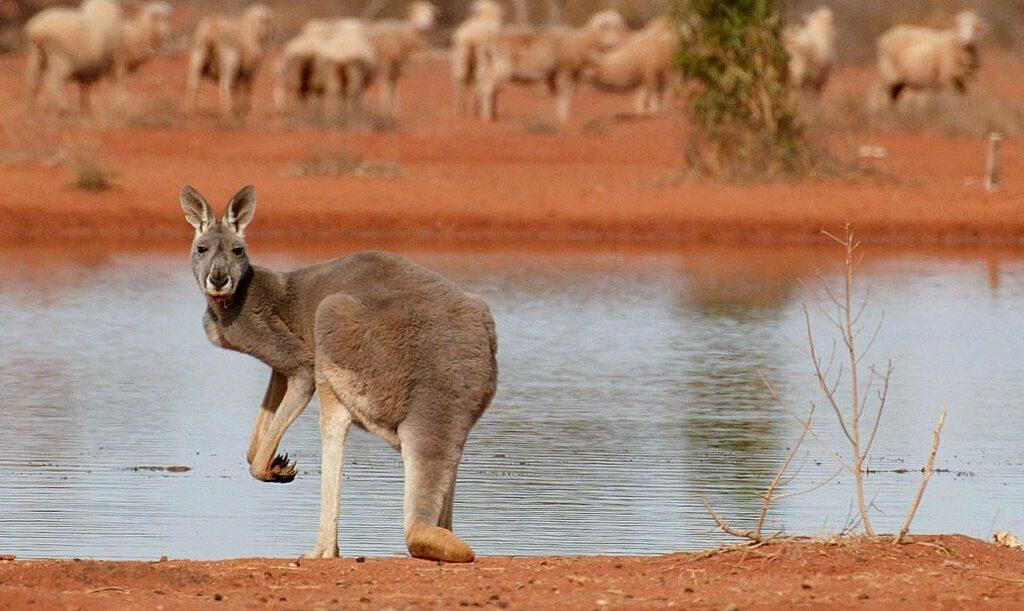Ecologists are warning that kangaroo populations in Australia need to be kept in check, with shooting as the best method, or a “catastrophic” number will starve to death.
Kangaroo populations, also known as mobs, boom following wet seasons, which provide an abundance of vegetation and water sources. Australia recently experienced three consecutive La Nina weather events, which brought massive rainfall to large parts of the country.





